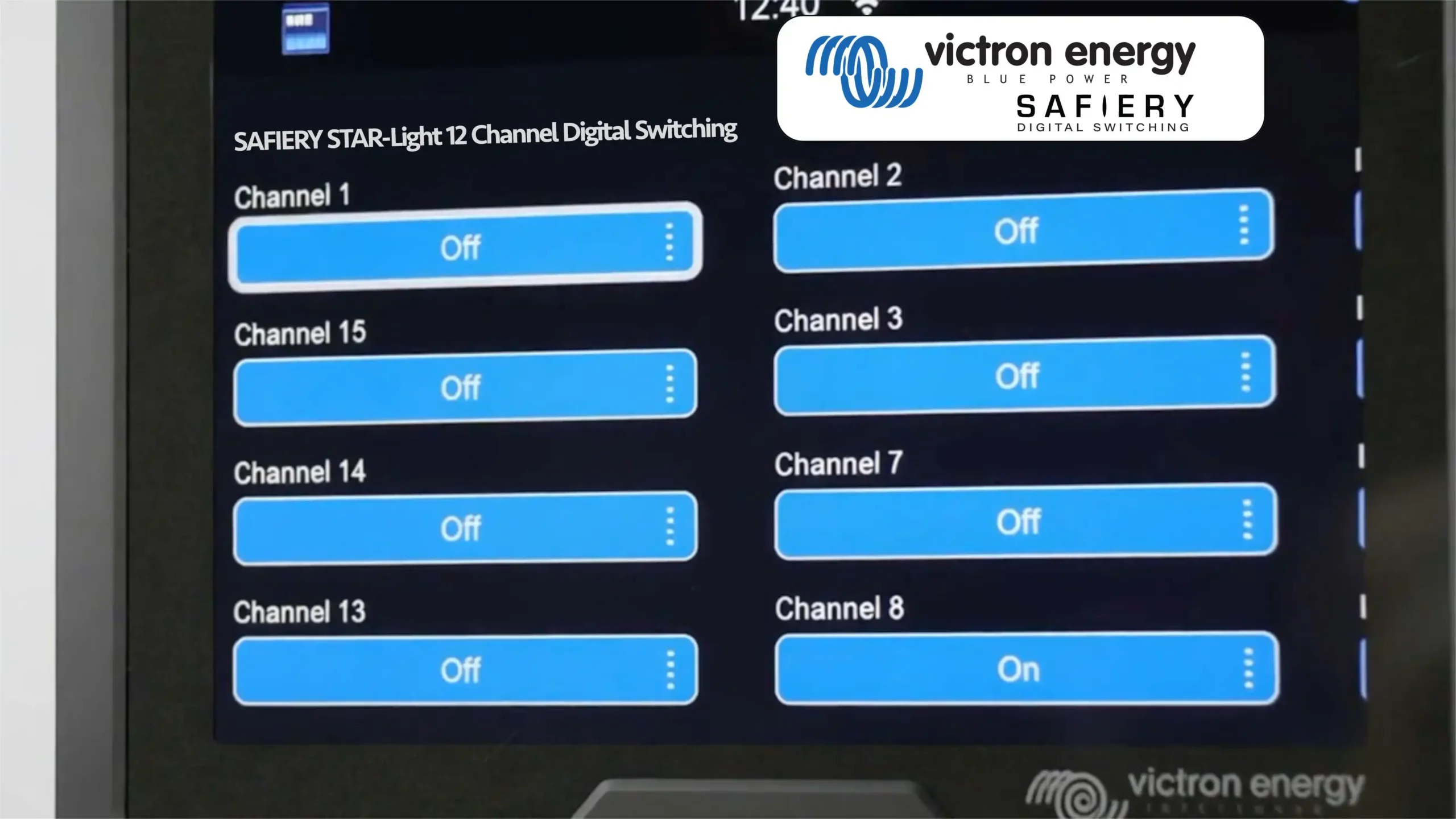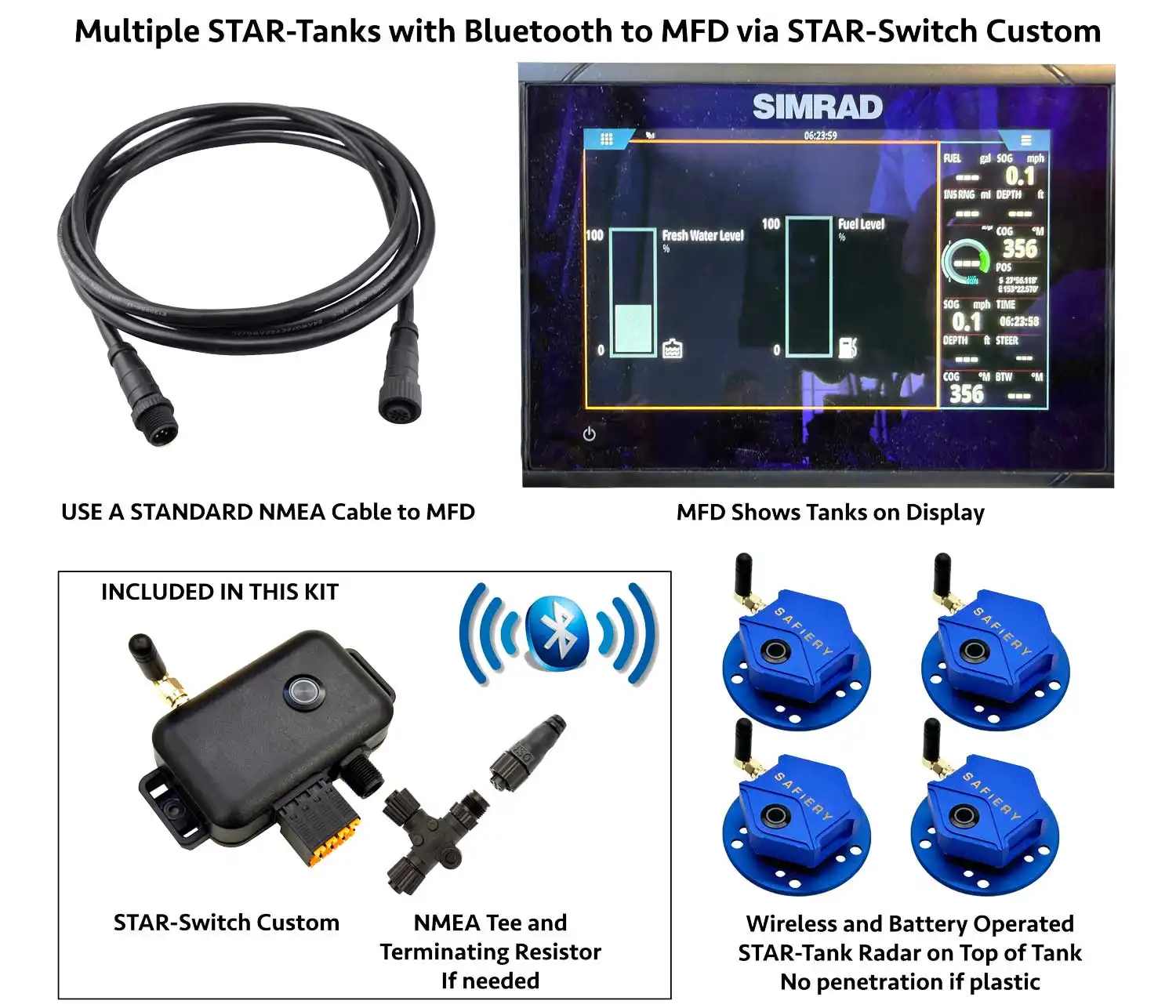
STAR-Tank to MFD Interface Kit with STAR-Switch Custom Tee Piece and Terminator
AUD313.00
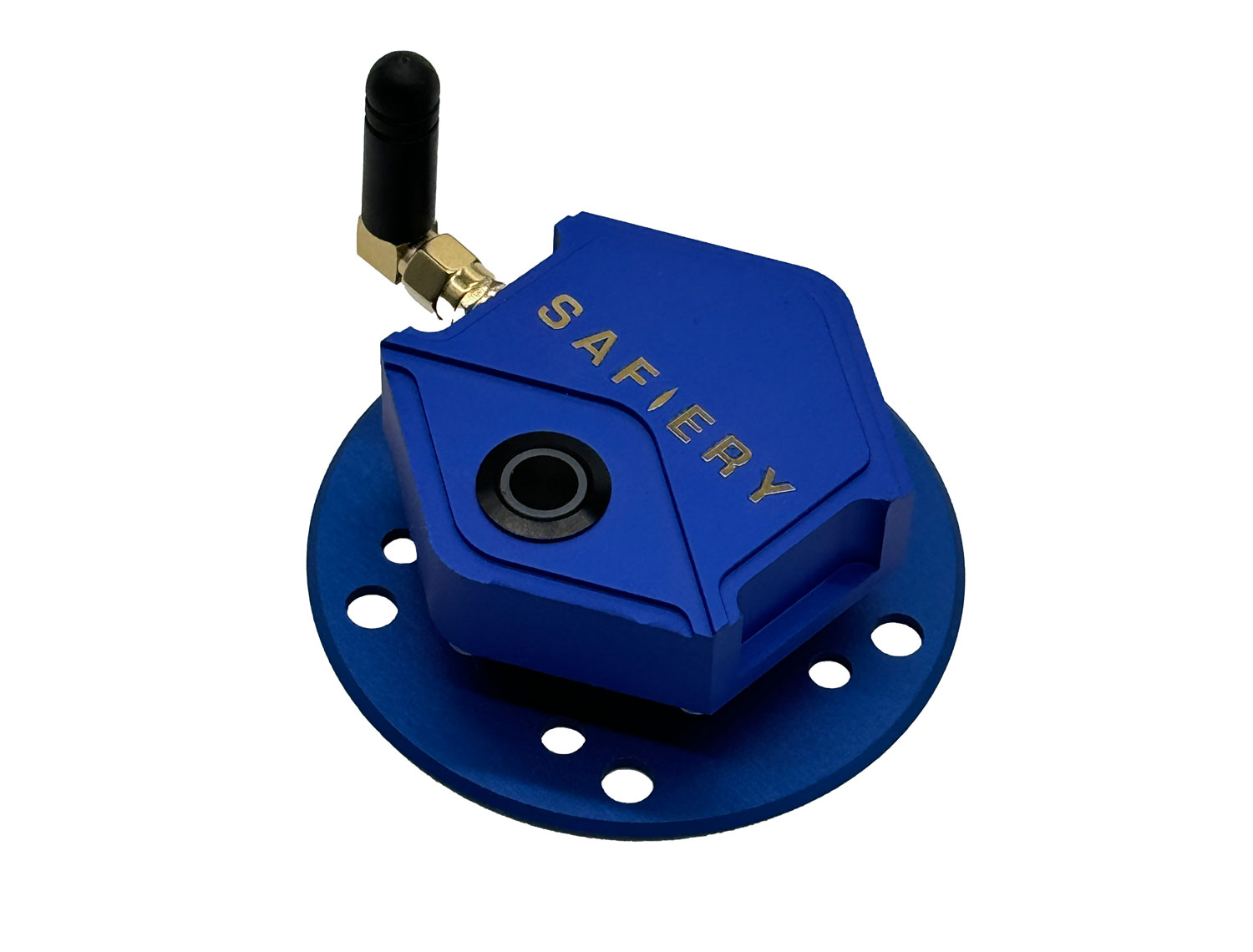
STAR-tank Phased Coherent Radar Tank level Sensor Battery Operated Victron Cerbo Compatible
AUD345.45
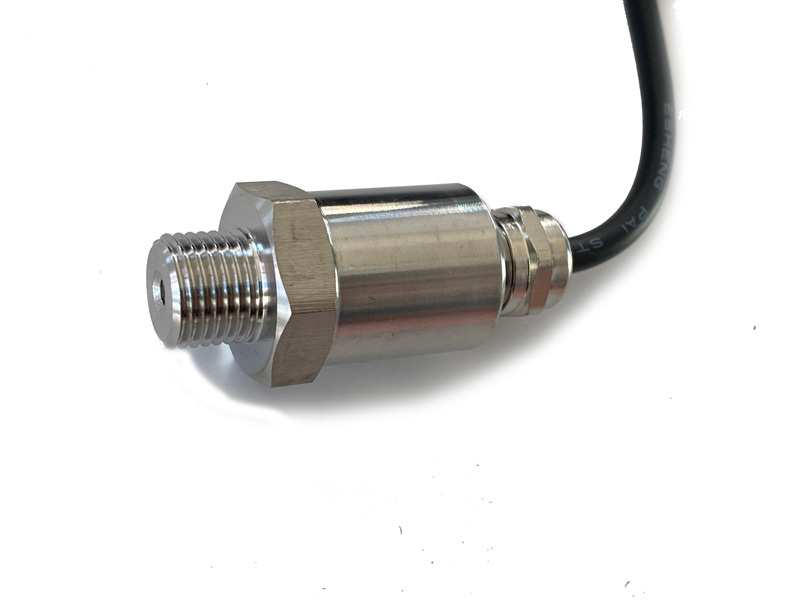
Tank Level Sensor COMPACT IP 65 (external Pressure) 2m lead
AUD69.00
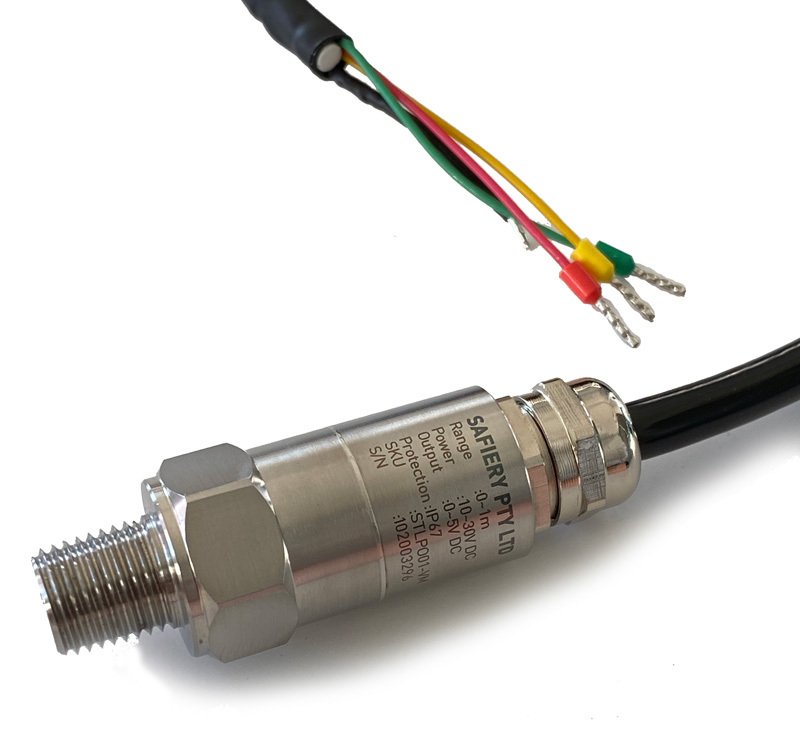
TANK LEVEL SENSOR FUEL WATER IP67 (external Pressure) – 2 Meter Range
AUD217.00
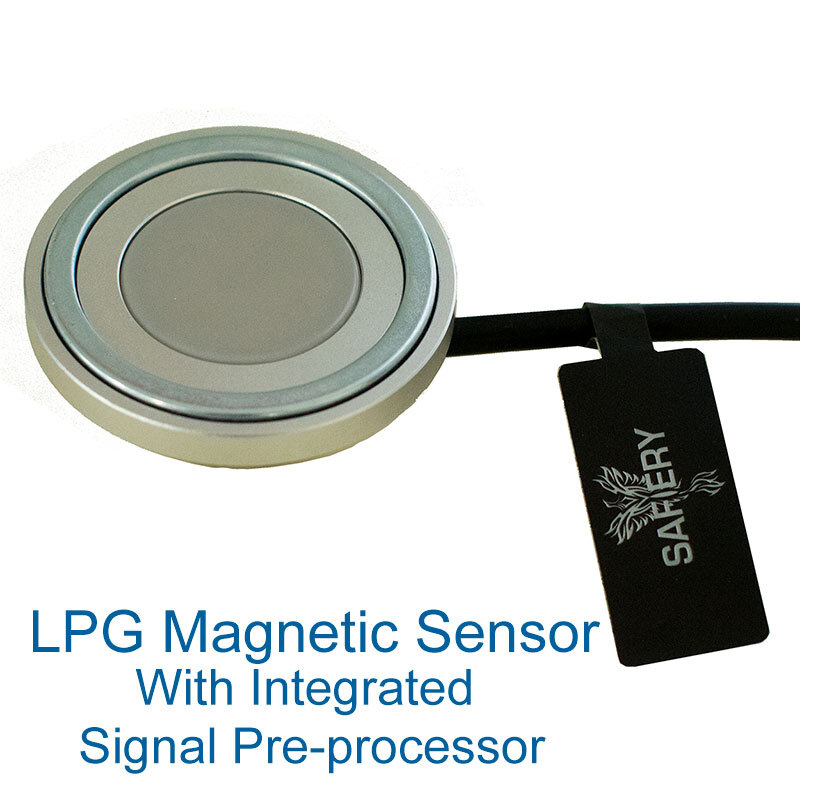
LPG Tank Level Magnetic – Compatible with Victron Cerbo & Simarine
AUD168.00
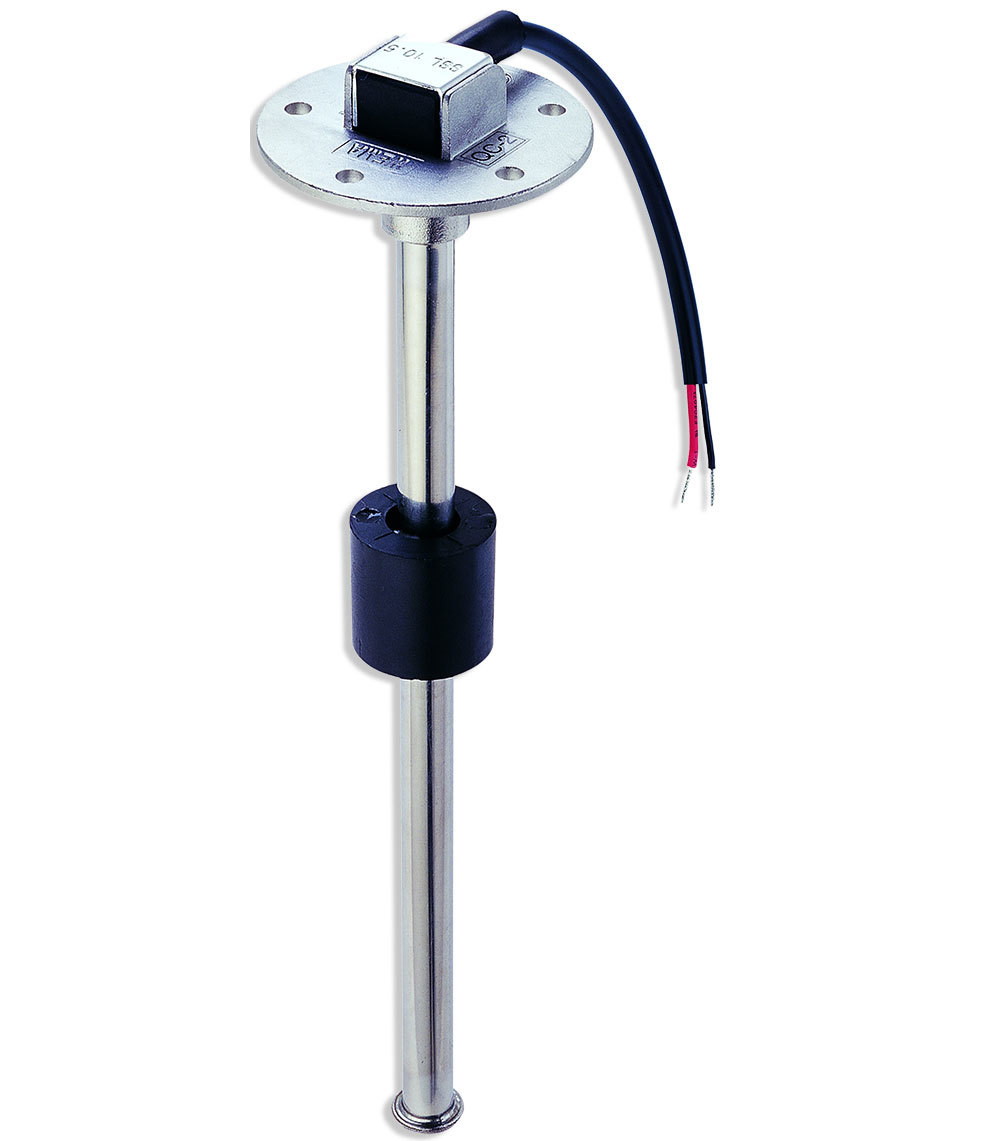
Wema Style Tank Level Sensor 304 SS
AUD89.00
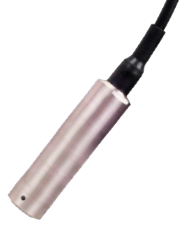
TANK LEVEL SENSOR WATER IP68 SUBMERSIBLE
AUD324.50
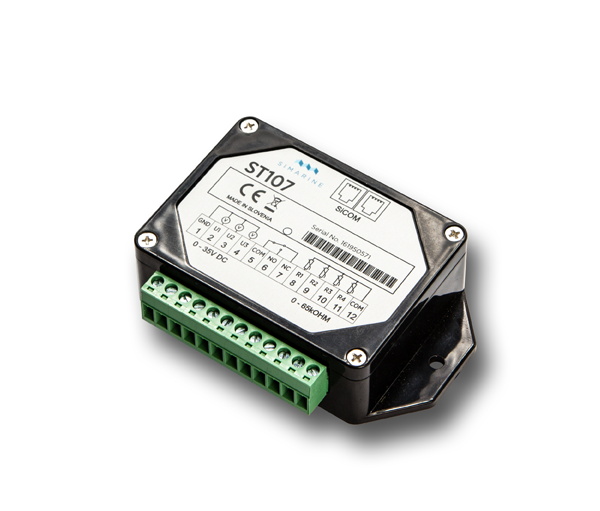
ST107 Volt Restance MODULE
AUD218.00

Tank Sender Interface from 3 tanks “sender arm or tank plugs”
AUD289.19
